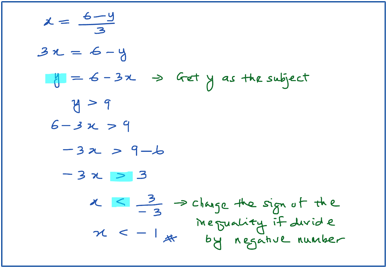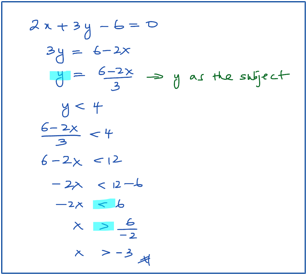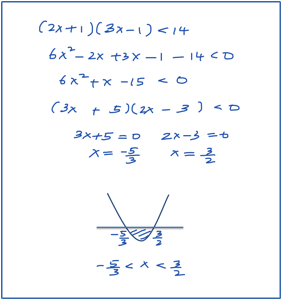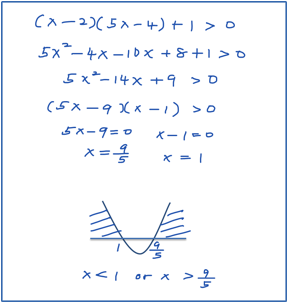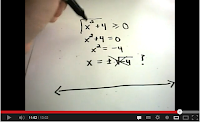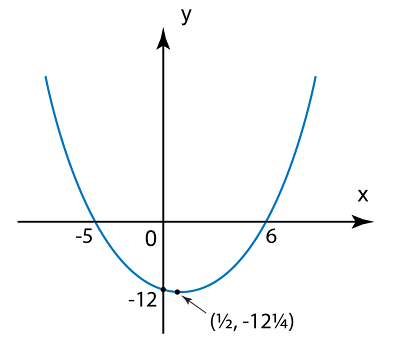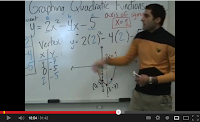Question 5:
Find the range of values of k if the quadratic equation 3(x2 – kx – 1) = k – k2 has two real and distinc roots.
Solution:

Find the range of values of k if the quadratic equation 3(x2 – kx – 1) = k – k2 has two real and distinc roots.
Solution:

Question 6:
Given that the quadratic equation hx2 – (h + 2)x – (h – 4) = 0 has real and distinc roots. Find the range of values of h.
Solution:

Given that the quadratic equation hx2 – (h + 2)x – (h – 4) = 0 has real and distinc roots. Find the range of values of h.
Solution:









